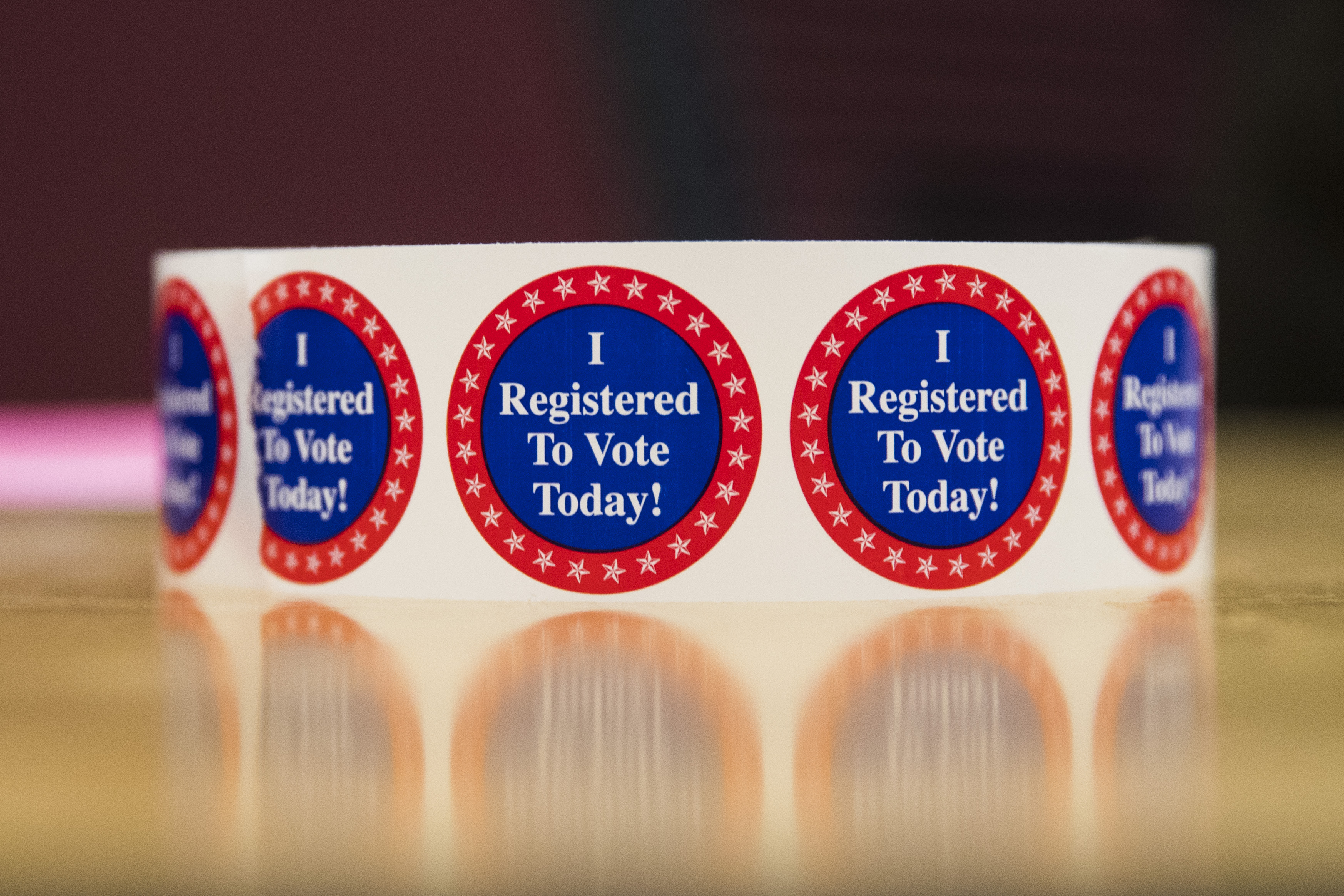
The U.S. general election on Nov. 5 will decide the country’s direction, but it is far from a nationally administered contest. The 50 states and the District of Columbia run their own elections, and each does things a little differently.
To win the presidency outright, a candidate must receive at least 270 of the 538 votes in the Electoral College. In 48 states, the statewide winner gets all of that state’s electoral votes, and that's also the case in the nation's capital.
In Maine and Nebraska, the candidate who receives the most votes in each congressional district wins one electoral vote from that district. The candidate who wins the statewide vote receives another two.
In 2020, Democrat Joe Biden received three of Maine’s four electoral votes because he won the popular vote in the state and its 1st Congressional District. Republican Donald Trump received one electoral vote from the 2nd Congressional District.
Maine is also one of two states, along with Alaska, that uses ranked choice voting.
In ranked choice voting, voters rank candidates for an office in order of preference on the ballot. If no candidate is the first choice for more than 50% of voters, the candidate with the fewest votes is eliminated.
Voters who chose that candidate as their top pick have their votes redistributed to their next choice. This continues, with the candidate with the fewest votes getting eliminated, until someone emerges with a majority of votes.
Maine uses ranked choice voting in state-level primaries and for federal offices in the general election. That means Maine voters can rank presidential, Senate and House candidates on ballots that include the Democrat and the Republican who advanced out of their respective party primaries, plus third-party and independent candidates who qualify.
The presidential ballot will include Trump and Democrat Kamala Harris, plus three other candidates.
In the six years since implementing ranked choice voting, the state has used it twice in races for Congress in its 2nd Congressional District. The 2020 presidential race did not advance to ranked choice voting, with the winners of the state and in each congressional district exceeding 52% of the vote.




